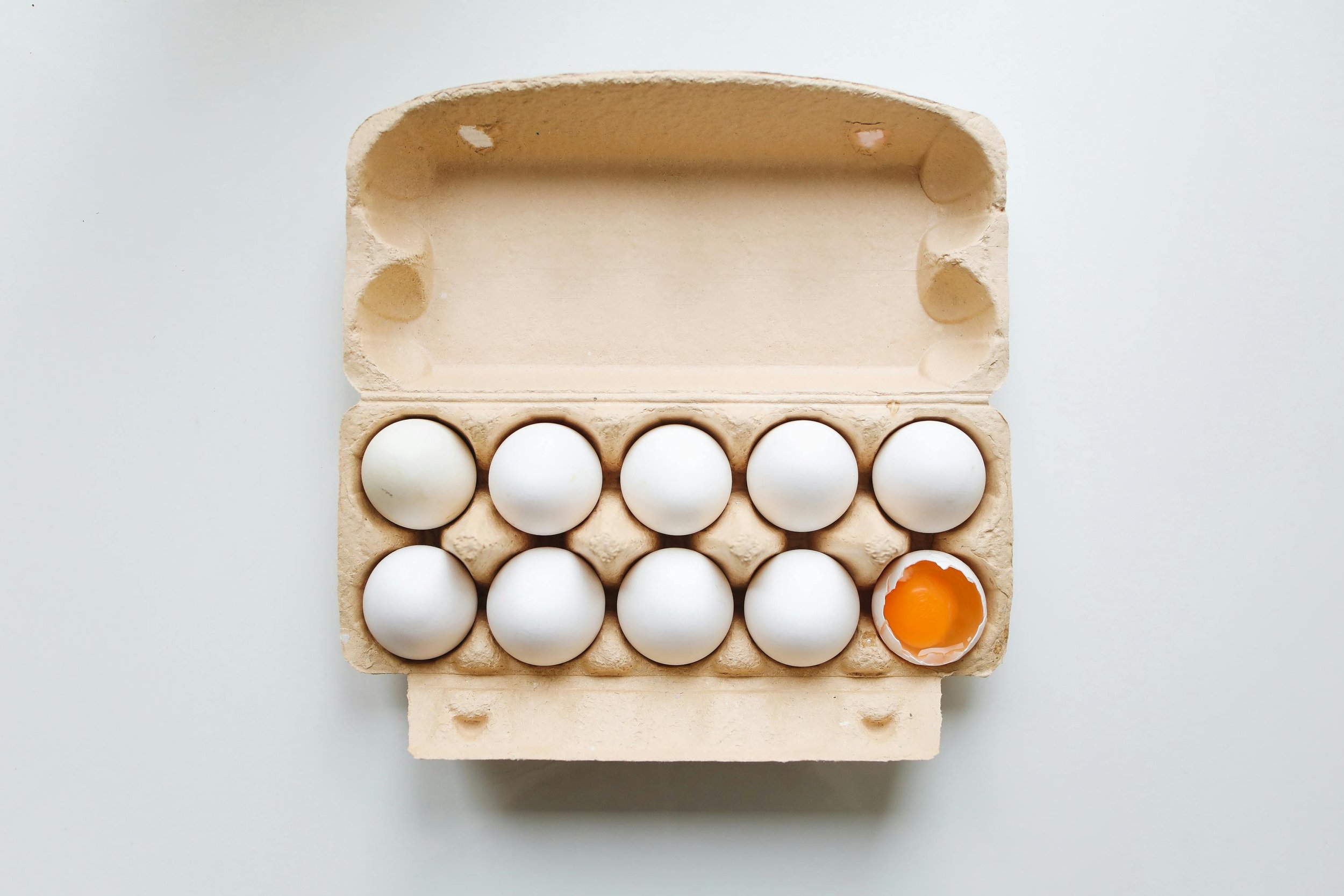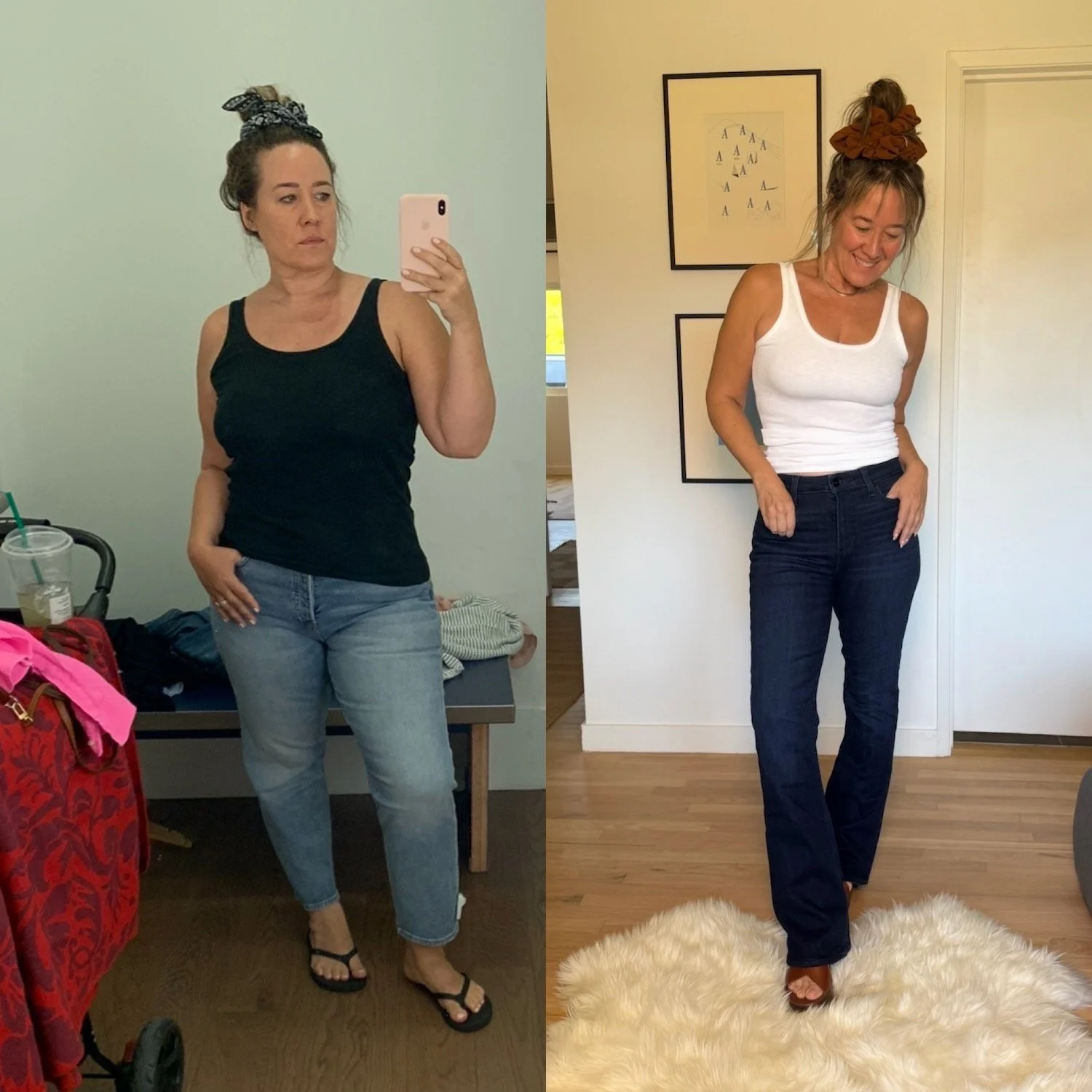What is 30-30-30? Does It Actually Work?
Or...is it just another trend we can promptly ignore?
by The Candidly Team
Anytime we hear a TikTok-trending idea for quick-fix weight loss, we lose about 7 minutes of our lives to cynicism.
Probably because we came of age in the golden era of fad diets, listening to buzzy, bad ideas about fat grams and enduring the foul breath of adults on the Atkins Diet.
So, when something with a name like 30-30-30 comes along, we meet it with a responsible dose of skepticism.
That doesn’t mean we don’t take it seriously. We just make sure to ask A LOT of questions.
And once we have the answers, we deliver them straight to you. So, here’s everything we could dig up about 30-30-30. Starting naturally with what the hell it is.
It should be said that 30-30-30 is not a diet per se; it’s more like a technique to start off your day. And assuming you have time in the morning to do it, at least on paper it sounds relatively painless.
So here’s what it is (on paper):
The idea is to eat 30 grams of protein 30 minutes after waking up, then launching into 30 minutes of moderate (yes, moderate) aerobic exercise where your heart rate stays around 135 bpm or less.
And now is probably when you’re asking, “but why!?” Excellent question.
The concept first got tossed around in a book by New York Times best-selling author Tim Ferriss called The 4 Hour Body, who wrote that “Eating at least 40% of your breakfast calories as protein will decrease carb impulses and promote a negative fat balance.” And then, 30-30-30 got more buzz as a method promoted by Gary Brecka, a sort of “wellness personality,” who focuses on human biology. He touts it as an effective weight loss tool and a solution for women who are working out and eating healthy but not losing weight.
Here’s his viral vid if you simply need to see:
But look, as we all know, a lot of people promoting fitness say a lot of things without us having any clear conception of the actual science or credentials behind their claims.
So here’s what we can tell you from our own digging into 30-30-30.
Does it actually work?
In articles or on TikTok, you’ll certainly see some people claiming it had great results for them. And many dieticians would agree that eating protein in the morning can be an effective way to stay full and satiated throughout the day, while curbing less healthful cravings, though they won’t necessarily emphasize eating it 30 minutes after waking up specifically.
As always, more scientific research would be helpful. But there are certainly existing studies that show that eating a good portion of protein in the morning can help you eat less overall and burn more fat over time. One particular 2014 study found that having a high protein meal then completing 30 minutes of moderate exercise can help some women to burn more calories.
Of course, there are studies out there that posit that fasting in the morning is best or that working out before eating is better for burning fat or that plant-based diets are preferable to those high in protein. Which is why health articles such as this can break our brain.
So to make things much simpler, if you are someone who aims to eat a solid amount of daily protein and is curious about how it might impact your appetite and help you lose weight, having 30 grams in the morning may not be such a big deal. And there’s certainly no harm in starting your day with 30 minutes of exercise.
So, if you want to give it a go, here’s how to do it:
WHAT TO EAT:
First off, what even is 30 grams of protein? We personally appreciate a visual (and specifics), so here are some ideas:
Some high-protein breakfast ingredients to consider:
Cottage cheese - 25g for 1 cup
Greek yoghurt - 14g for 1 cup
Smoked salmon - 25g for 1 cup
Eggs - 6g in 1 egg, 4g in an egg white
TYPES OF EXERCISE:
Basically, the idea is to do a low-key cardio workout for 30 minutes that doesn’t get your heart rate over 135bpm.
Examples might include:
Hiking
Bicycling
Yoga
Light aerobics
A lot of these trends are common sense—eating protein and walking in the morning are both healthy choices for our bodies and minds, and we all know that eating Cocoa Puffs and staying stagnant is a less healthy choice. Sometimes for us, it helps to have cutely labeled “systems” like 30-30-30, because it creates both a guardrail and a daily reminder for us, all in service of actually just doing it. And isn’t that really what any of this is about? Actually doing the thing every. single. day.
This article is for informational purposes only. It is not intended to be used in place of professional advice, medical treatment, or professional care in any way. This article is not intended to be and should not be a substitute for professional care, advice or treatment. Please consult with your physician or healthcare provider before changing any health regimen. This article is not intended to diagnose, treat, or prevent disease of any kind. Read our Terms & Conditions and Privacy Policy.







